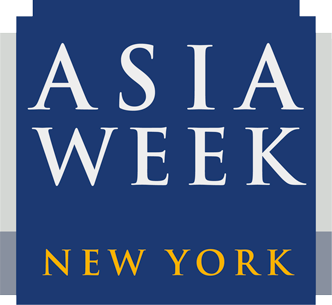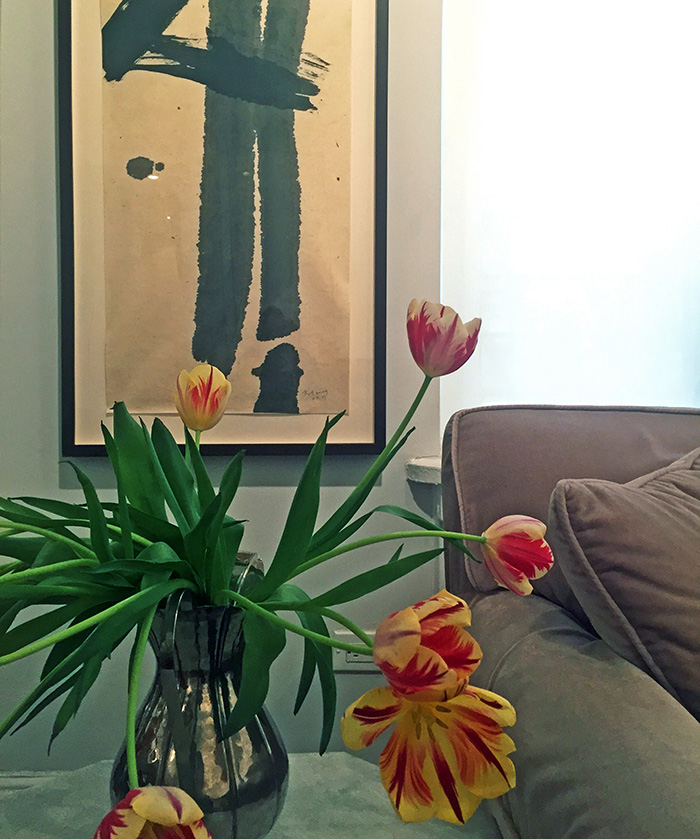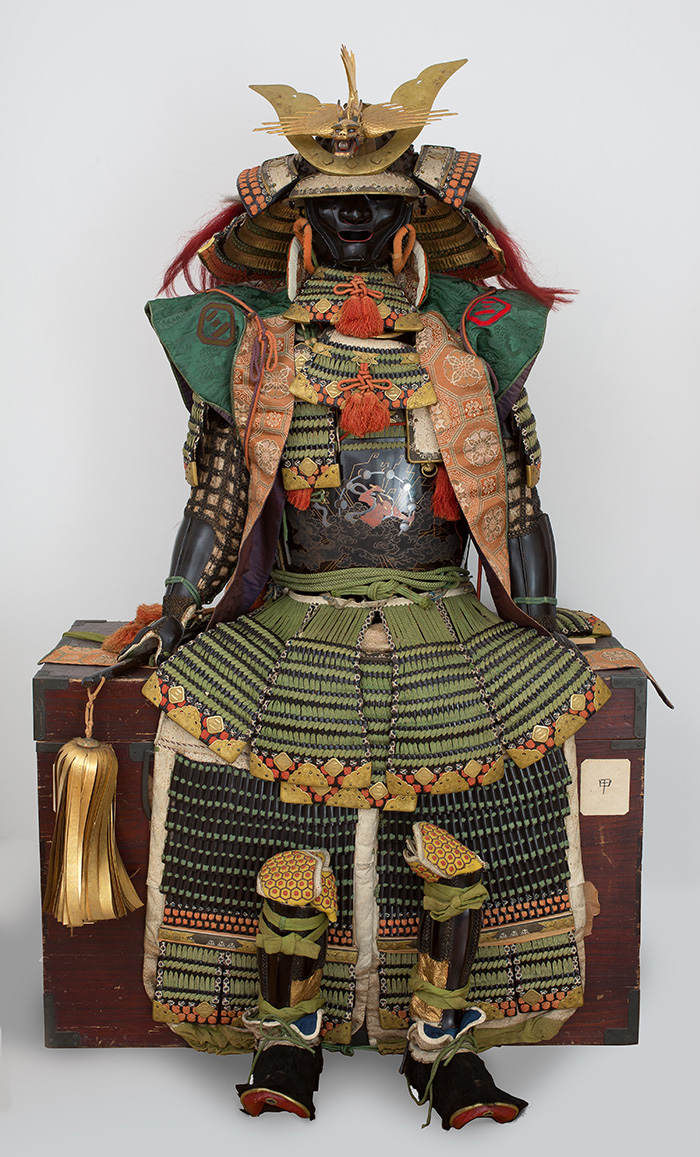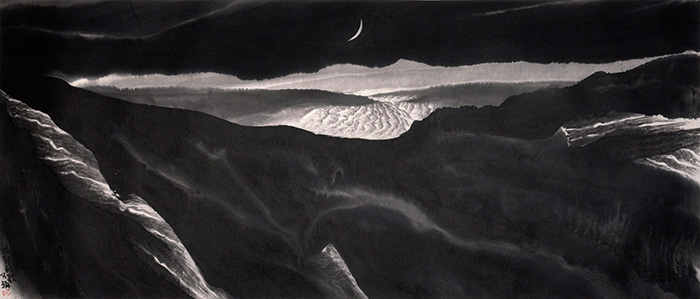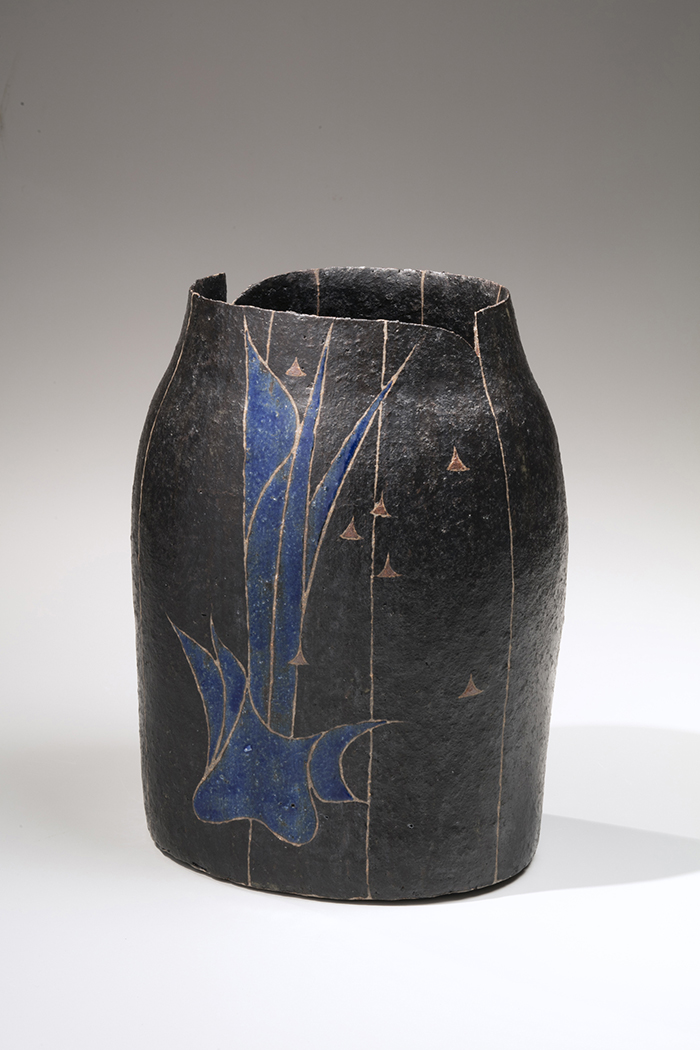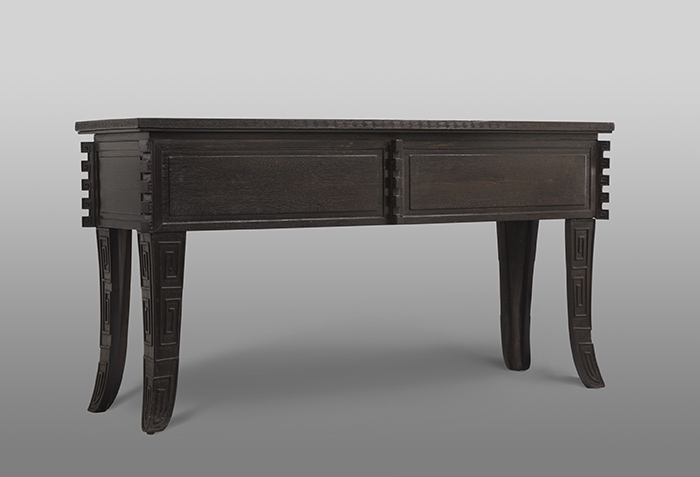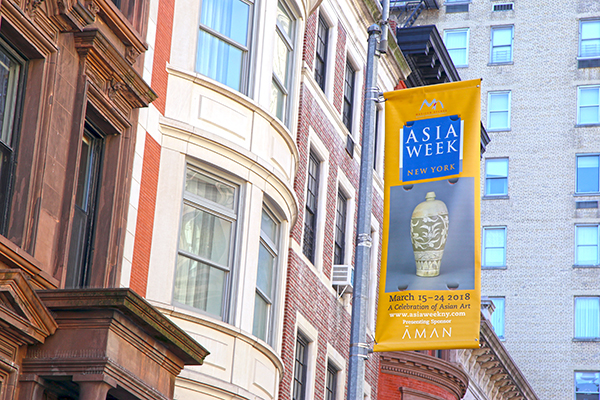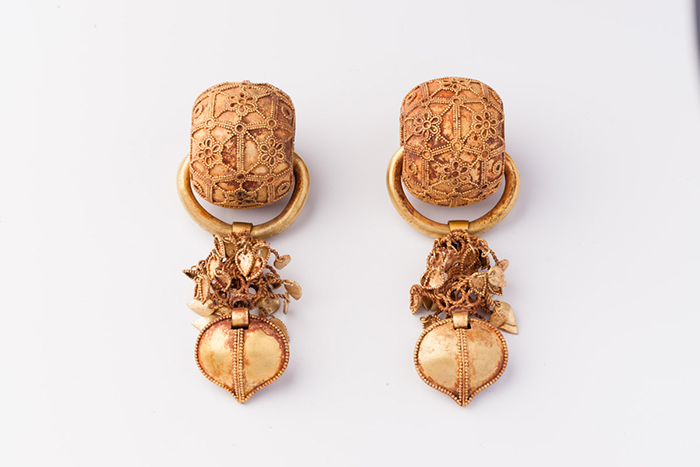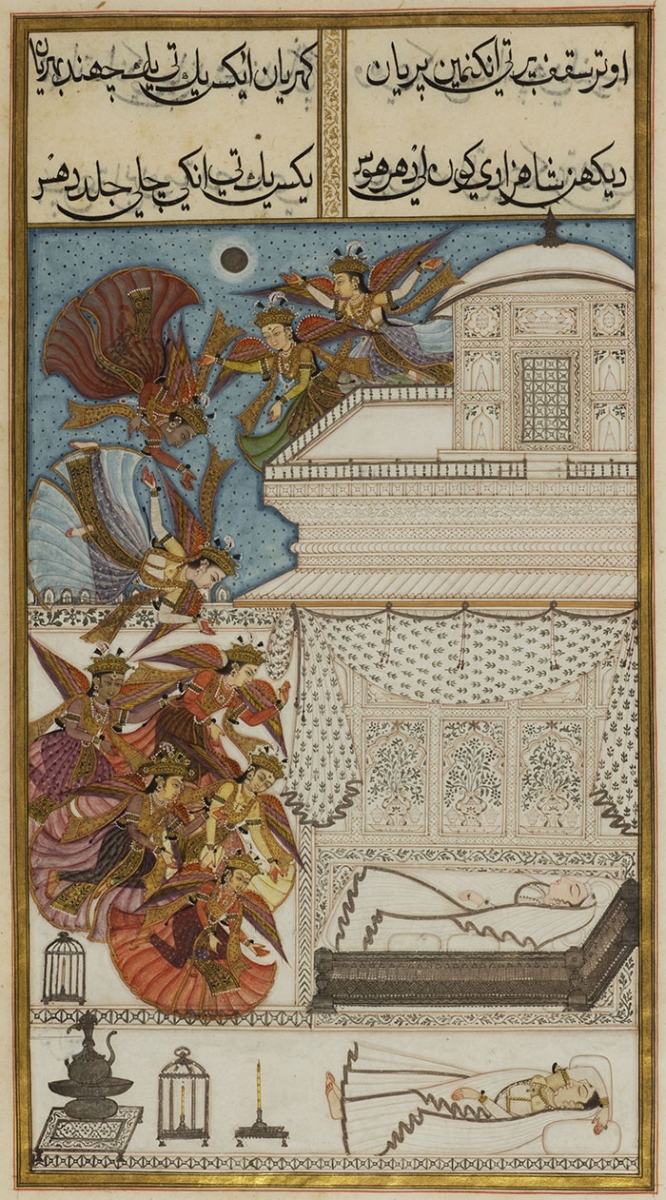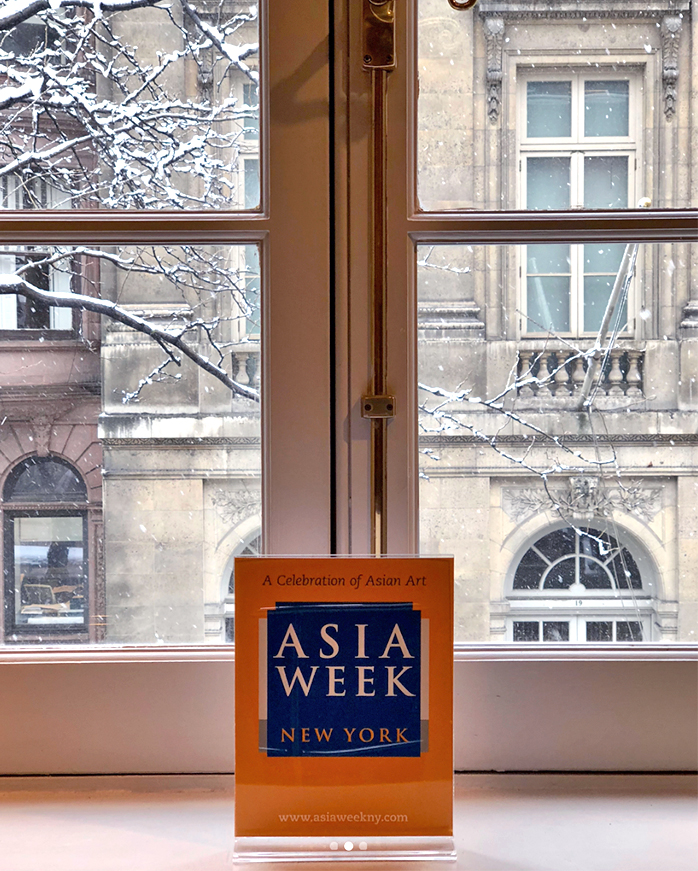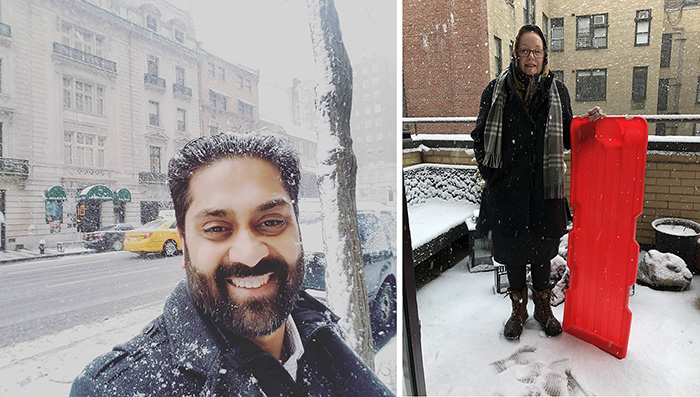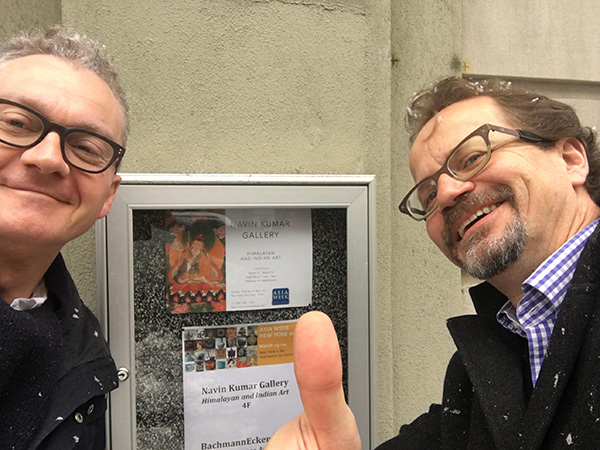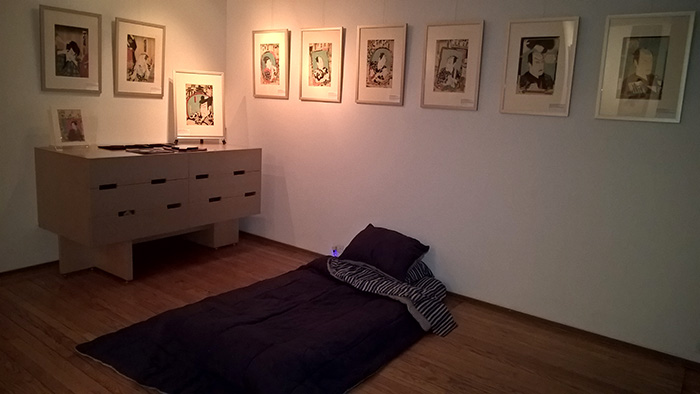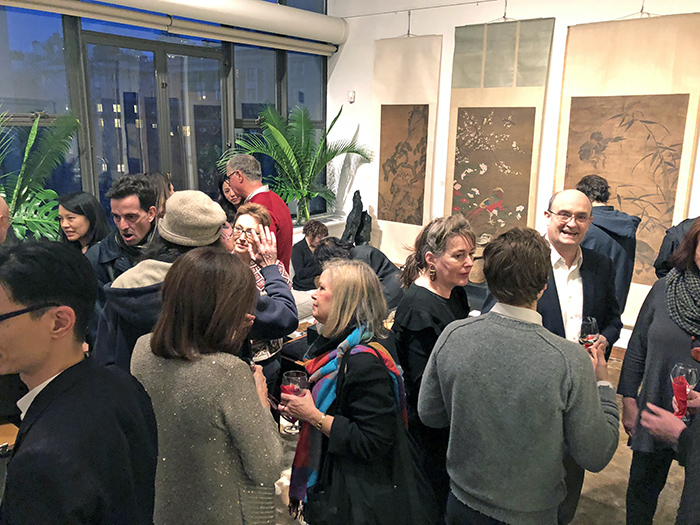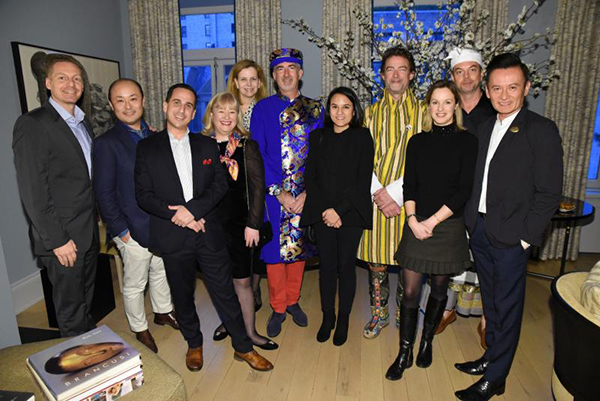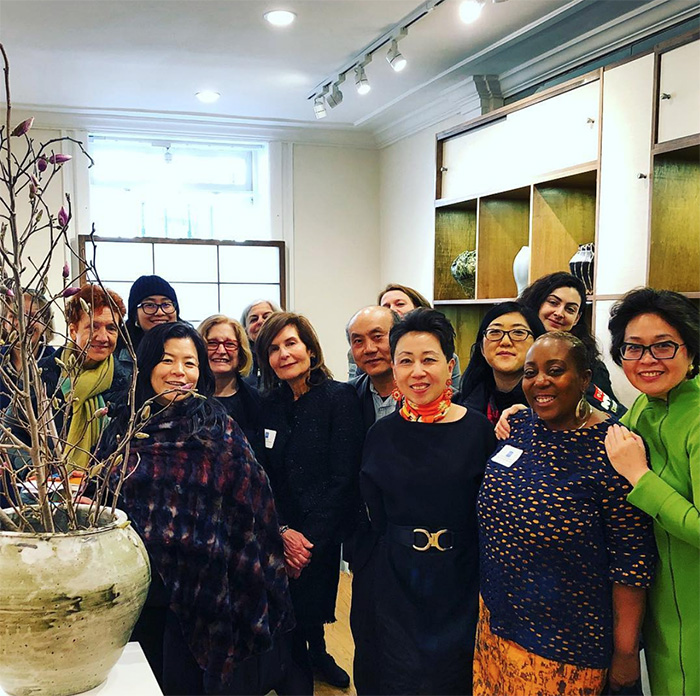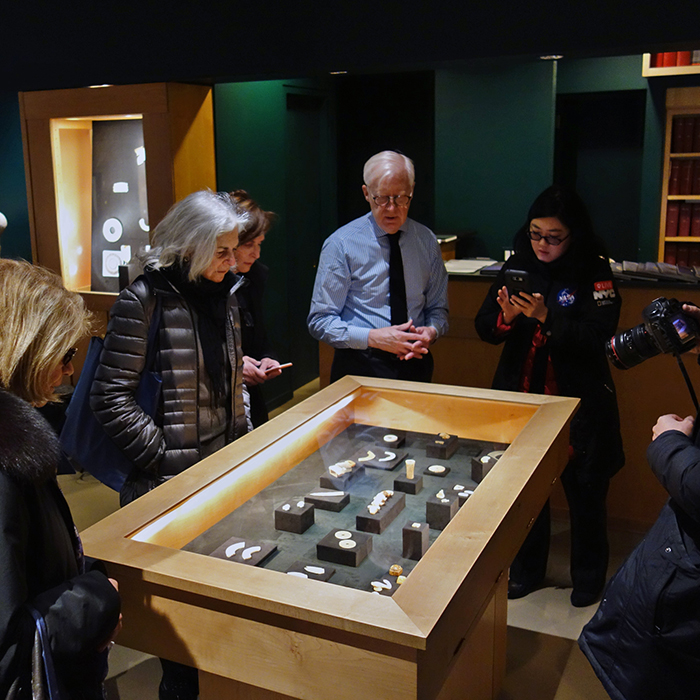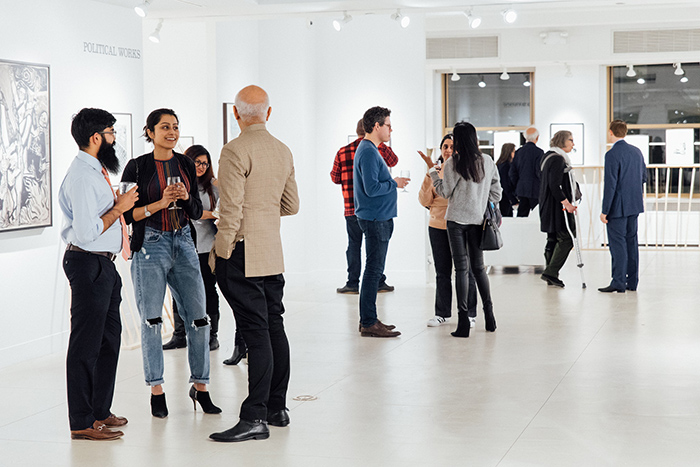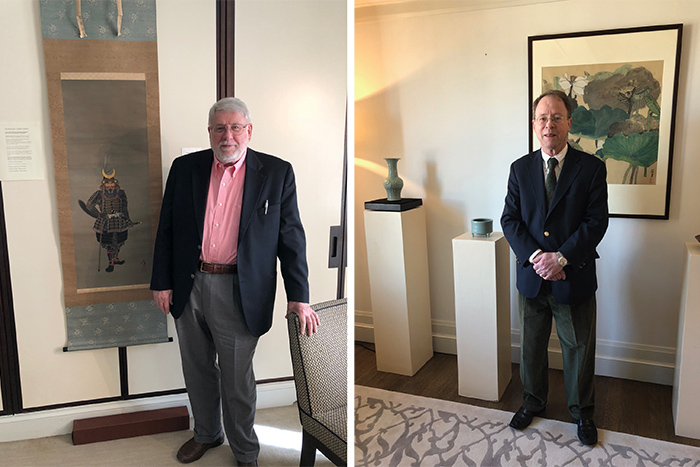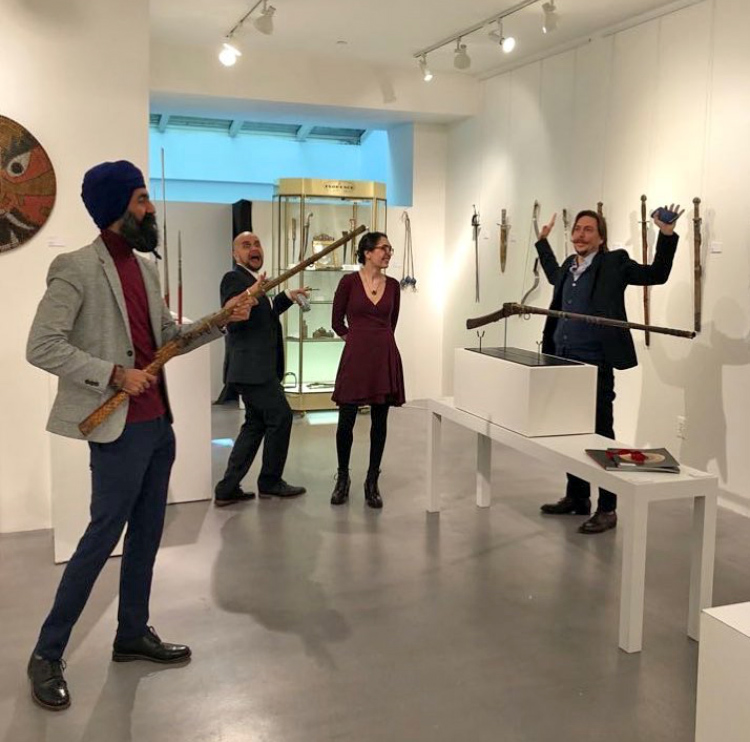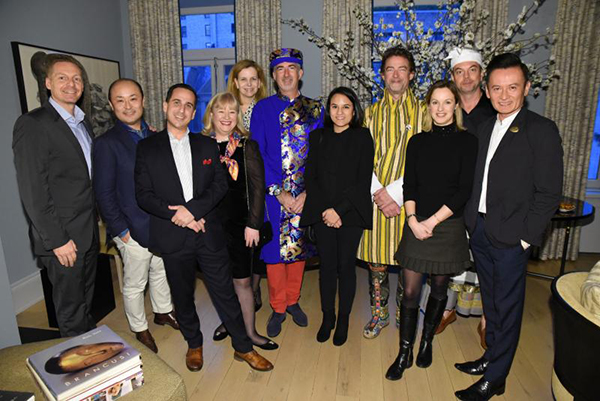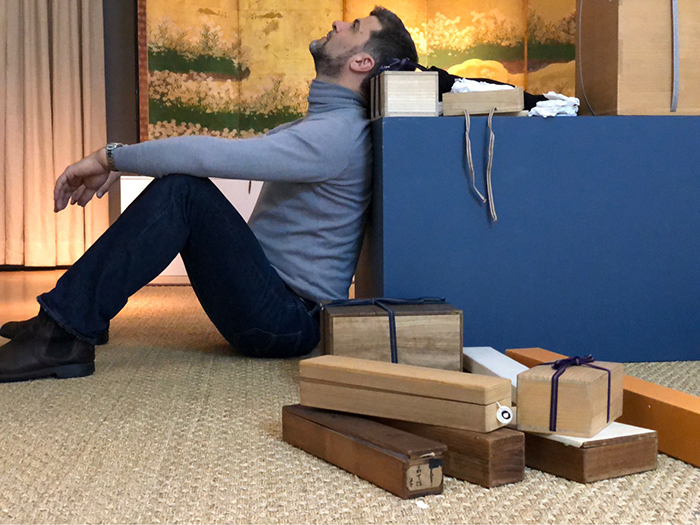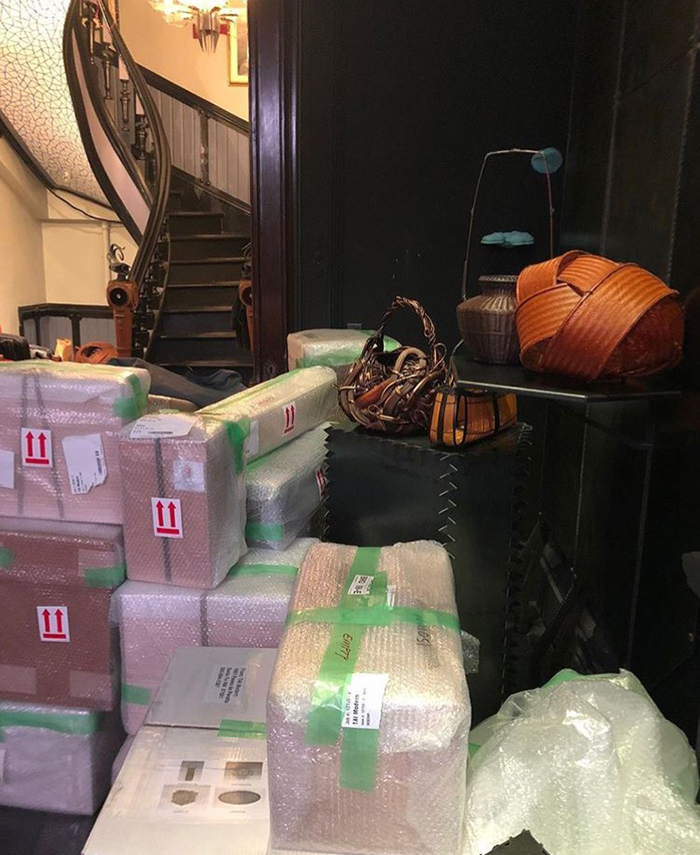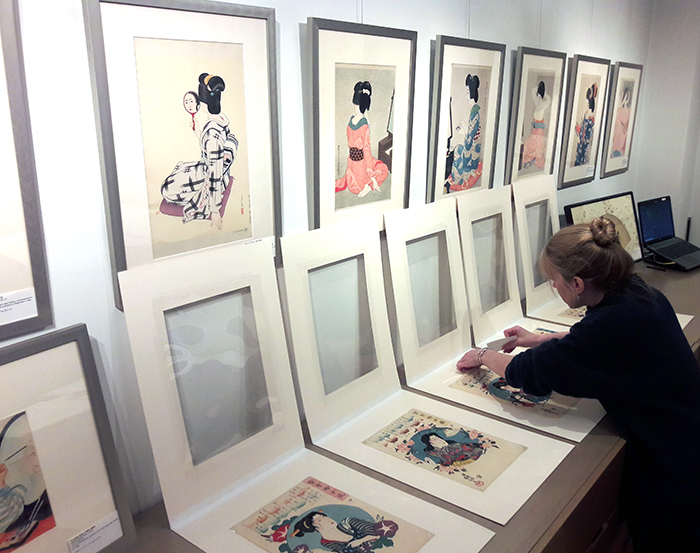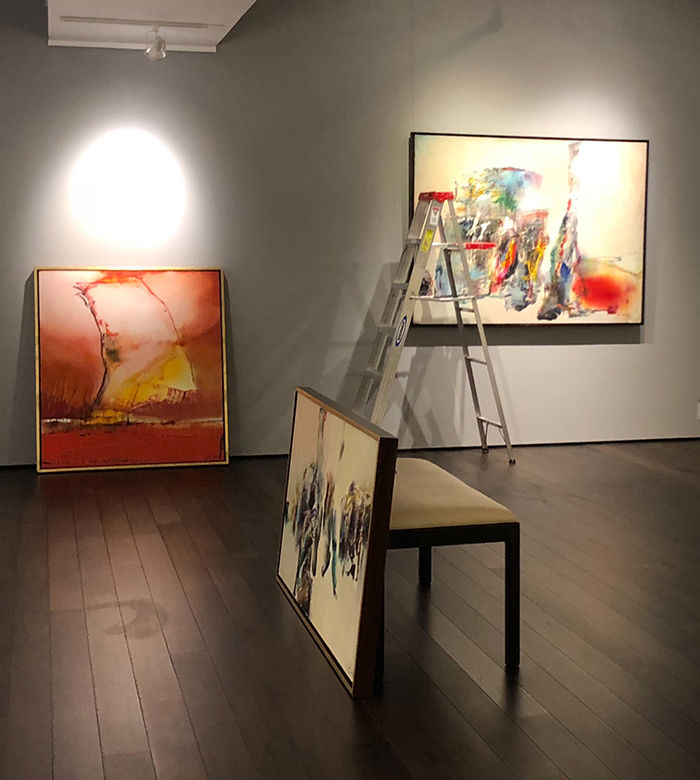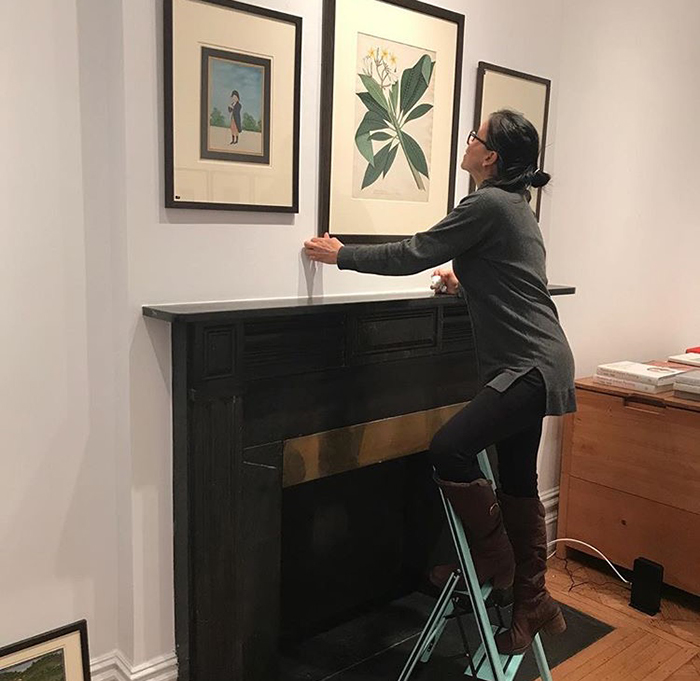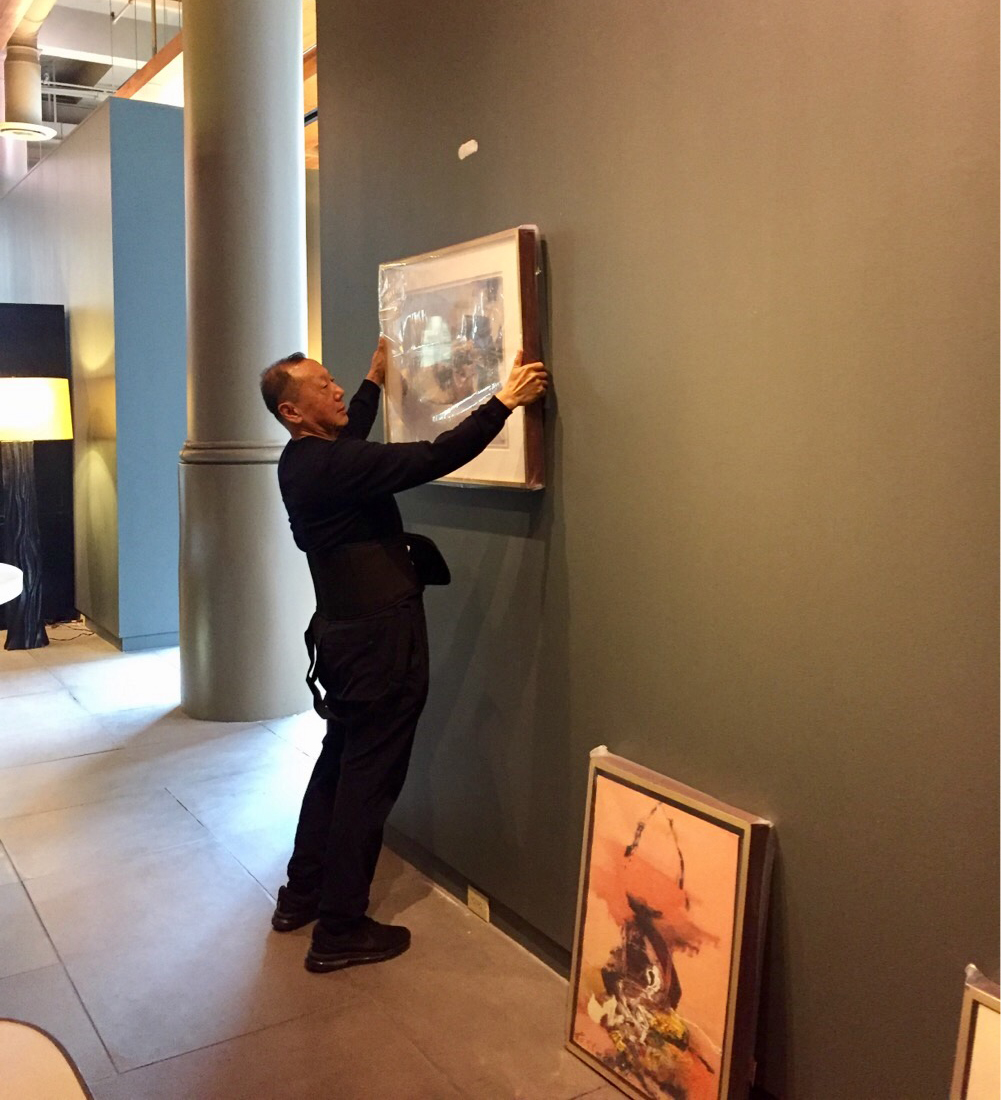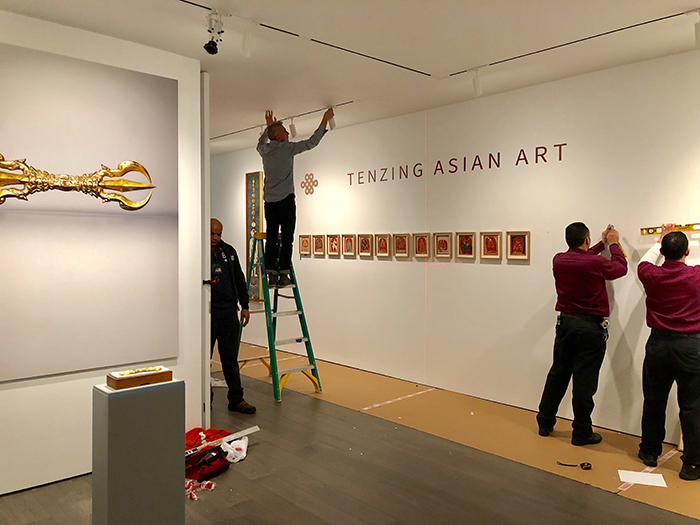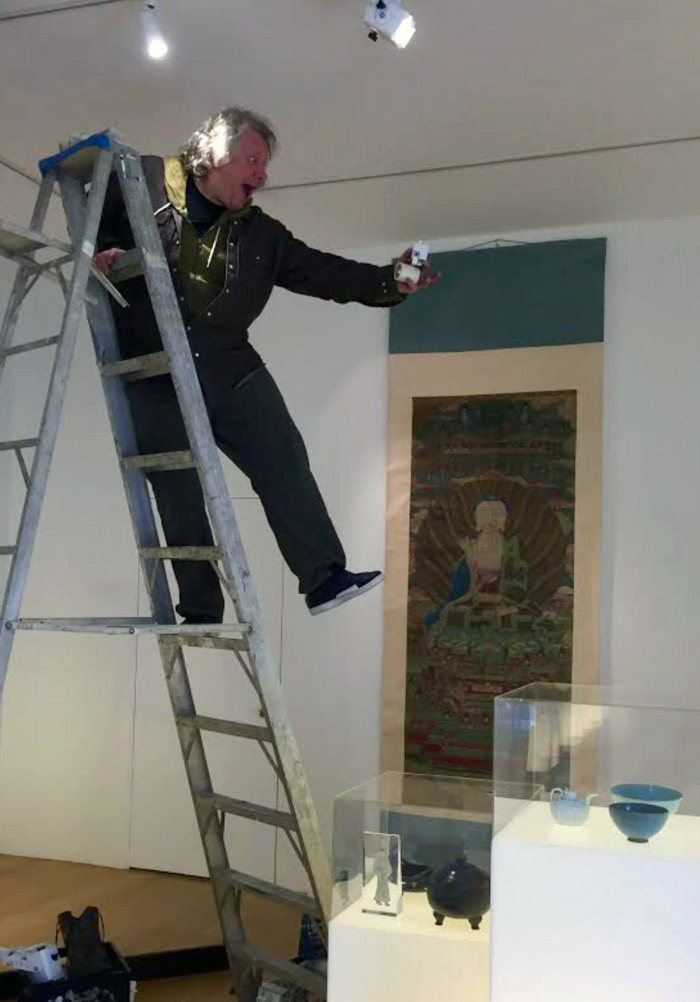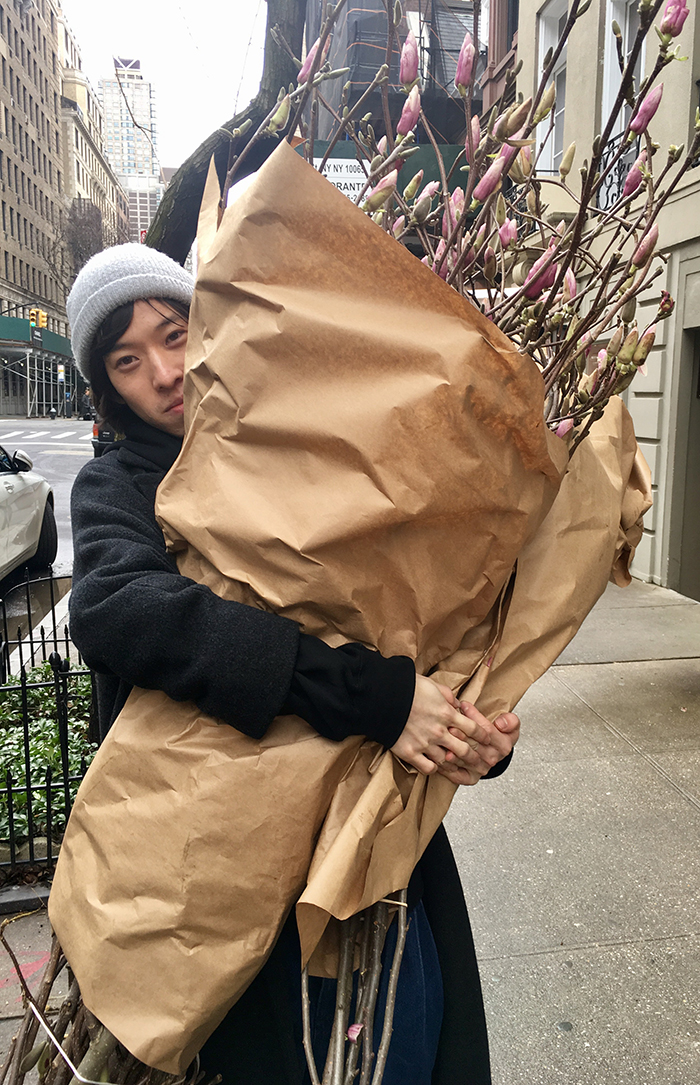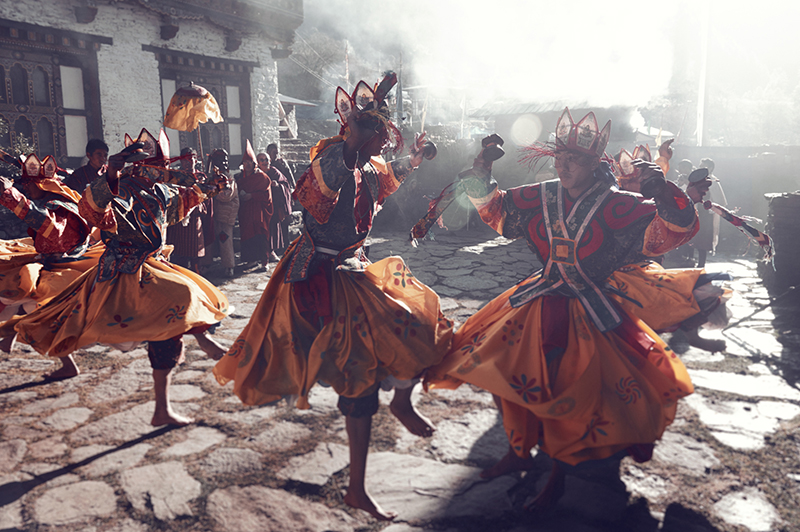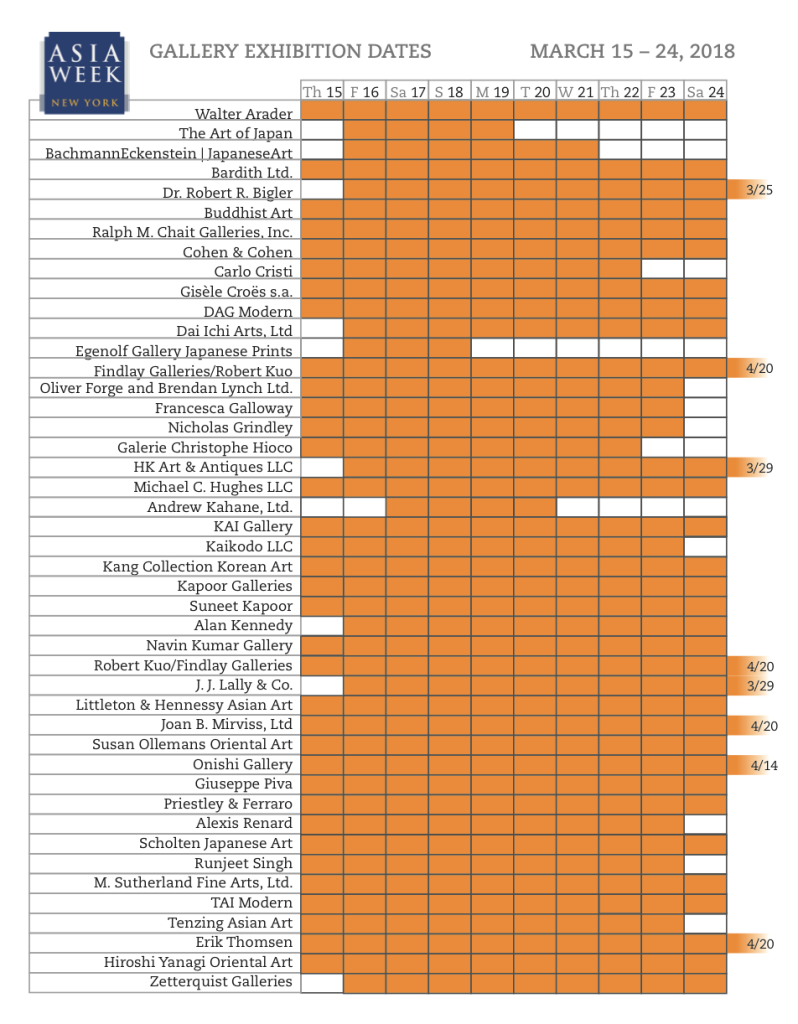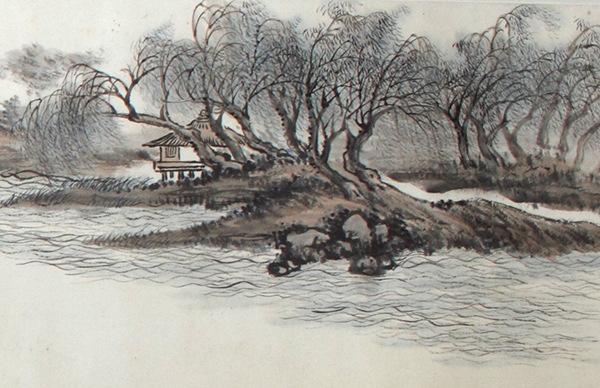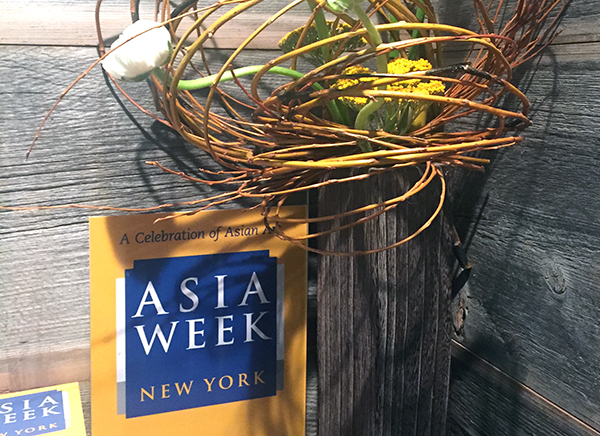
As we look towards Asia Week New York's tenth anniversary in March 2019, we're also taking a look back at the event's most memorable works of art. This is part 3 of a multi-part series in which we are showcasing the most important objects sold by our participants over the last decade. Check back here often or subscribe to our newsletter to stay updated. Below, the stories of four incredible objects:
A SILK PORTRAIT FROM ALAN KENNEDY
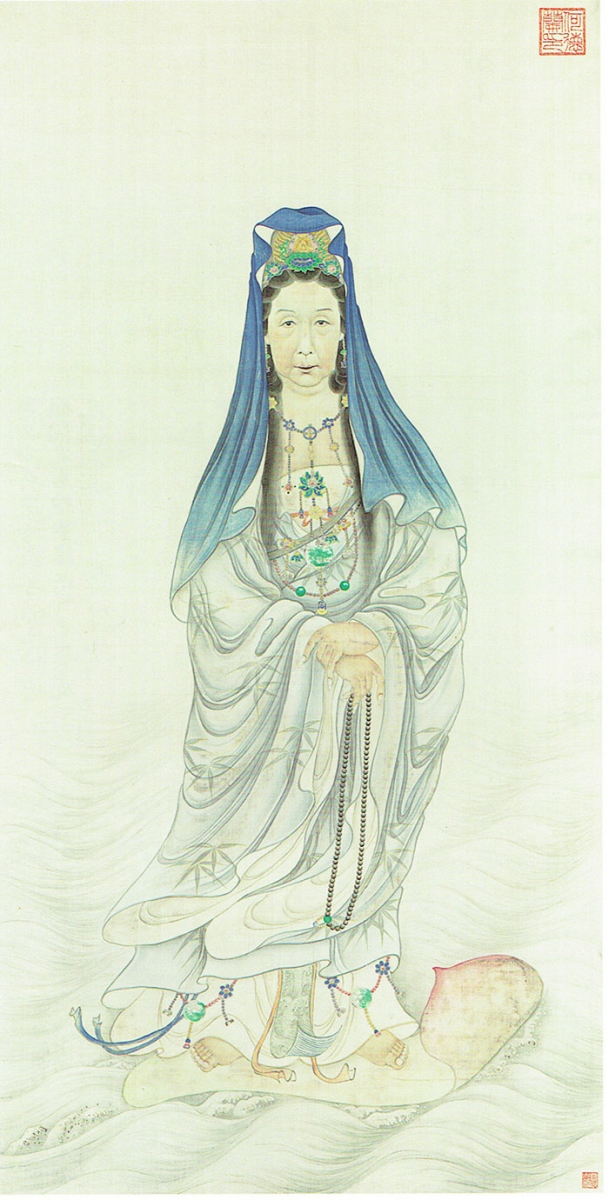
A rare portrait on silk was acquired by a museum from Alan Kennedy during Asia Week New York in 2016. This painting will soon be exhibited in a major exhibition entitled, “Empresses of China's Forbidden City.” The exhibition opens at the Peabody Essex Museum in Salem, Massachusetts on August 18th, and will travel to the Freer/Sackler Museum in Washington, DC.
The painting depicts the Empress Dowager Cixi (1835-1908) in the guise of Guanyin, the Buddhist bodhisattva sometimes referred to as the Goddess of Mercy. It was painted by a court artist in the Forbidden City, and was created at the request of an American missionary named Reverend Issac Taylor Headland. His wife was a physician who treated several of the women in Cixi's entourage.
One of the unique aspects of the portrait is that it depicts the face of the Empress Dowager in a realistic manner, without hiding the effects of age. Other paintings of her show Cixi in a more idealized manner, looking younger than her actual years. The Empress Dowager would not have been pleased if she had seen this portrait.The painting was reproduced in a book by Reverend Headland (Court Life in China, 1909), and he described the unusual circumstances behind the making of the painting. The portrait remained in the possession of his descendants until recent times, and will now be seen by the many visitors to the upcoming museum exhibitions.
RUNJEET SINGH'S BEJEWELLED DAGGER
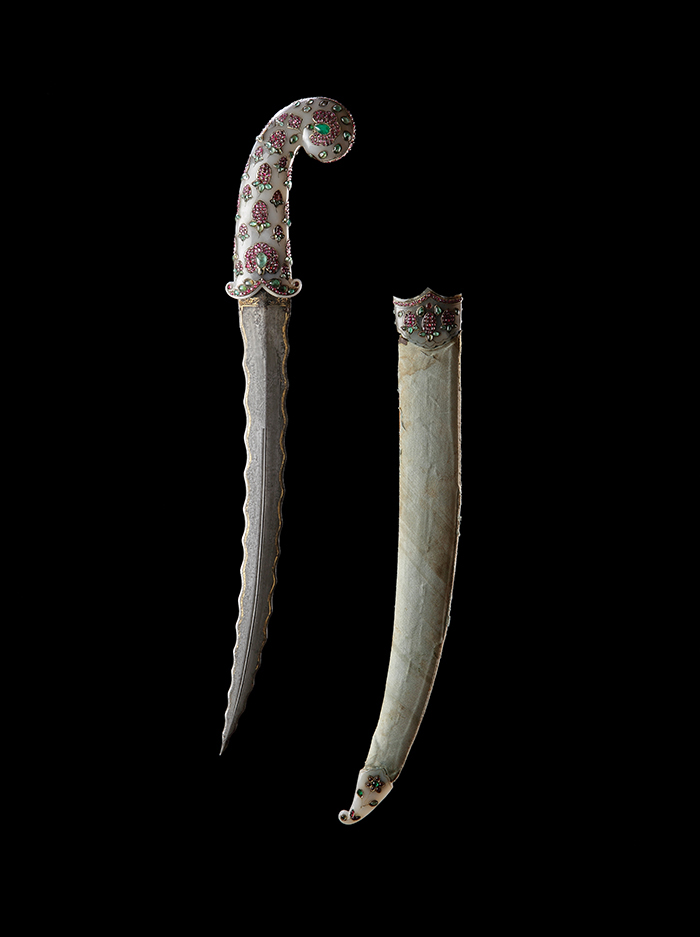
Bejewelled dagger
17th-18th century
Turkey/India
This wonderful Khanjar or Jambiya dagger is of almost identical form to a well-known example in the Dresden Armoury (Rustkammer, Staaliche Kunstsammlungen Dresden), Inv. No. Y143, illustrated in Holger Schuckelt, The Turkish Chamber (2010), p124-5, which was captured as booty at Varna by the Russians in 1828, and presented to Prince Carl of Prussia by Tsar Nicholas I.
This example, with a similar pale nephrite jade hilt and scabbard mounts, has more complex and abundant decoration with large flower heads and fruits in groupings of cabochon rubies, and leaves with cabochon emeralds. The base of the hilt features a row of small rubies and larger emeralds of ascending size, and the apex of the pommel has a double row of rubies terminating with green emerald tendrils on each side. The stones are all set in the ottoman style, secured within silver gilt shaped collets and straps in imitation of Indian kundan work.
On the wavy snake-like blade of watered steel, traces of gold decoration remain at the forte as well as a gold border along the edges. The original wooden scabbard, recovered in its later life, is fitted with original throat piece and chape of matching jade.
The dagger was sold by Runjeet Singh to a private collector during Asia Week New York 2018.
A PAIR OF CERAMIC CHAIRS AT DAI ICHI ARTS
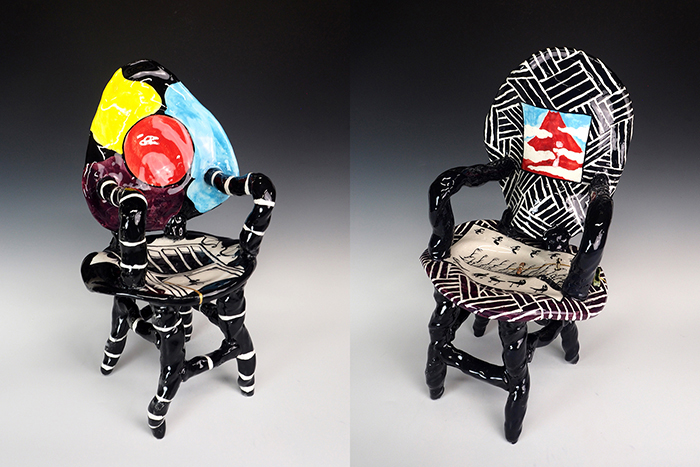
SUZUKI Goro 鈴木五郎 (1941- )
Left: Los Angeles Oribe Chair ‒Foot- ロス織部 椅子 ( 座面に足 ) H18.8” x W10.2” x D9.4”, Stoneware
Right: Los Angeles Oribe Chair ‒Mt. Fuji- ロス織部 椅子 ( 富士山 ) H19.4” x W10.8” x D10.2”, Stoneware
From Dai Ichi Arts: “This is a pair of ceramic chairs created by our artist SUZUKI Goro (1941- ) who is pushing his own limits in the pursuit of his art. He combines his skills in throwing and building with a lifetime's knowledge of material. You can truly say that he was born in clay and plays in clay. This pair was exhibited in our window during Asia Week New York 2018, and they attracted many people's attention with their playful and whimsical form and design. Both chairs were sold to a private collector who admires Suzuki's work.”
A SYMBOLIC UNION AT KAPOOR GALLERIES
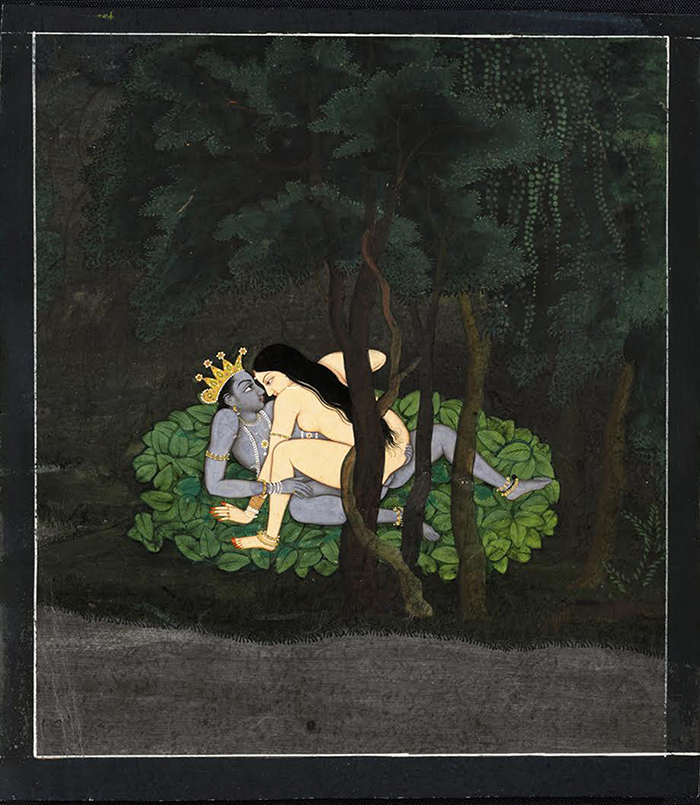
Radha and Krishna Intertwined, Folio from the Kangra 1775 Gita Govinda
The Kangra 1775 Gita Govinda is seen by scholars and connoisseurs alike as the most profound illustration of Jayadeva’s Gita Govinda, which translates as “Song of Dark Lord”. Created in the late 12th century, Jayadeva’s Gita Govinda is a monumental work of literature from Indian culture. Superficially it portrays the ageless story of the arduous love between man and woman, it is also an allegory for the love of god. The Gita Govinda is the only example of miniature painting in which such a vast illustration of romantic encounters is explored.
In this image, the passionate lovemaking and climactic union of Radha, a symbol of the “goddess”, and Krishna, the love of god, is depicted with full emotion. Radha has boldly and confidently aligned herself directly atop Krishna in order to control the lovemaking, which represents the transcendent union of humans with the Divine, forgetting about ego and dissolving in supreme ecstasy.
This folio was sold at Kapoor Galleries during Asia Week New York 2016 to a private European collection.
